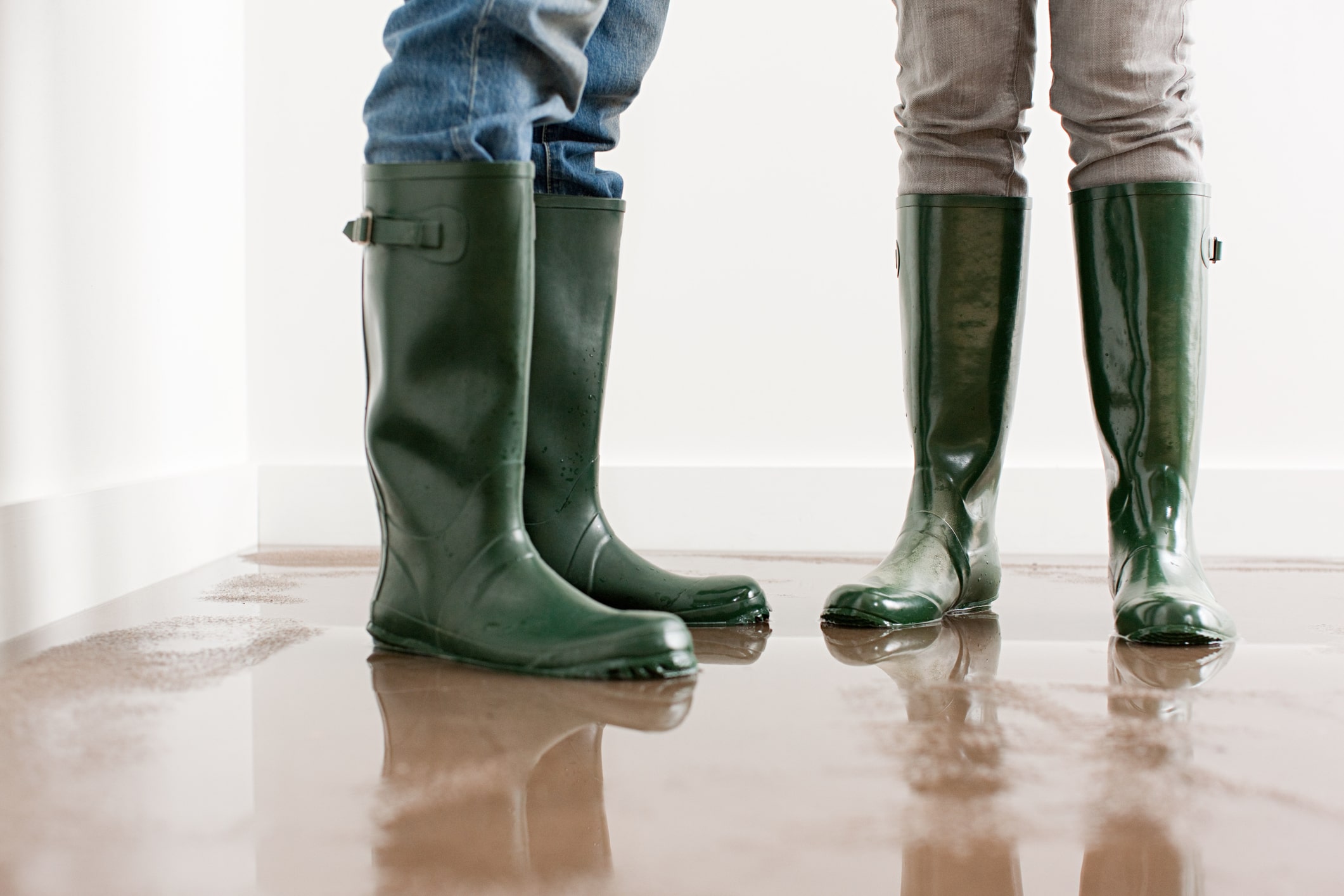How To Fix Damp
With the wetter, colder weather upon us, if you’re wondering how to fix the damp patches that keep appearing on walls and ceilings, read on. Damp can rear its head in many different forms, but with one common denominator. If left untreated, it can cause serious decorative and structural damage to your home or business. If mould develops on damp walls and ceilings, it can also have a serious effect on health. With this in mind, what are the causes of damp, and how can it be treated?
The causes of damp
The older your home, the greater the risk of damp developing. But it can also affect modern homes if conditions are right. Damp caused by condensation can appear anywhere and is probably the easiest to rectify if treated early enough.

Other causes of damp include flooding, whether from heavy rain, overflowing baths, sinks, damaged pipework, or broken gutters. In older properties, single wall construction can allow moisture to seep through to the inside of walls and ceilings. Missing roof slates, tiles, or damaged valleys allow water or snow to drip into lofts and bring down ceilings. Water ingress, caused by no, or damaged damp proof course can soak through interior walls. Or bridging, which allows water to soak through rubble or mortar which has fallen into the cavity during construction, and provides a moisture bridge between the outside and inside walls higher than the damp proof course.
Remedial action to cure damp patches caused by condensation
The majority of older buildings today have been upgraded with double-glazing, loft, and cavity-wall insulation. With all the windows and doors sealed closed to keep in the heat, all that moisture-laden air from cooking, washing, and bathing has nowhere to go, so dumps the moisture on the cooler walls and corners of the ceilings forming damp patches.
The quick cure is to ensure a window is open wide enough to allow the hot air to escape. But who wants to lose all that expensive heat? A good short-term option while waiting to get permanent extractor fans fitted in the kitchen, utility, and bathroom, is to hire a portable dehumidifier. This will draw the moisture-laden air in and exhaust drier cooler air. Unless it has been an ongoing problem for years, the moisture will have only penetrated the top layer of plaster. Allow that to thoroughly dry out before redecorating.
Actions required to remedy other forms of damp
Most other forms of damp require a two-pronged approach.
One: rectifying the cause. This could be replacing damaged or missing roof tiles. Replacing/repairing damaged roof valleys. Renewing broken guttering, repairing leaks in interior pipework, or fitting/repairing the damp-proof course. If you’re not sure what is causing the damp problem, or how to fix the damp patches, call in a local builder or surveyor.
Two: damp fixing. Ensuring the damp area is completely dried out prior to redecorating. In all these cases, moisture will have had to penetrate brickwork, woodwork and plaster, before making its presence known with damp patches in your rooms. Turning the heating up another five degrees is not the answer. It will cost a fortune, and make your home uncomfortable to live in.
A far better option in the home is to hire an industrial electric heater, which can be targeted right at the damp area in the affected room. If the damp is in large workshops, or open-plan offices, portable propane gas fired heaters may be the more cost-effective option. Many industrial type gas heaters are fitted with electric fans to drive the heat and speed up drying time. In situations where homes or business premises have been subject to storm caused ground floor flooding, gas driven space heaters are the better and faster drying option.
Where deep water penetration has affected walls and ceilings, the drying process should be monitored with damp meters, and continued until the affected area has completely dried through.
Whether you need efficient portable heating to help remedy damp problems, or you need temporary workshop heating while the boiler is being repaired, PSM Hire has an extensive selection of both electric and gas-fired portable heaters available. Please give us a call on 02088505658 for full details and availability.
